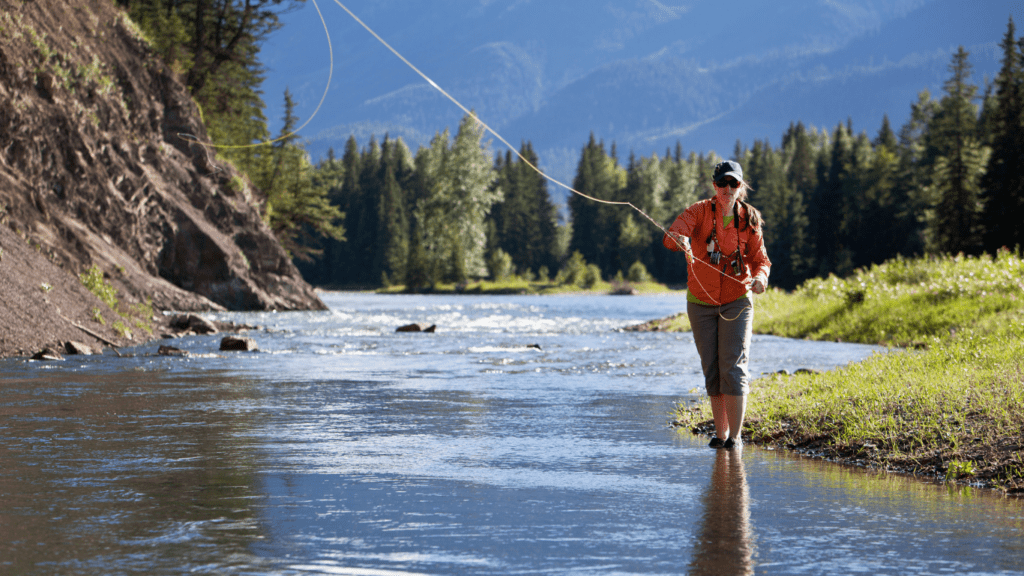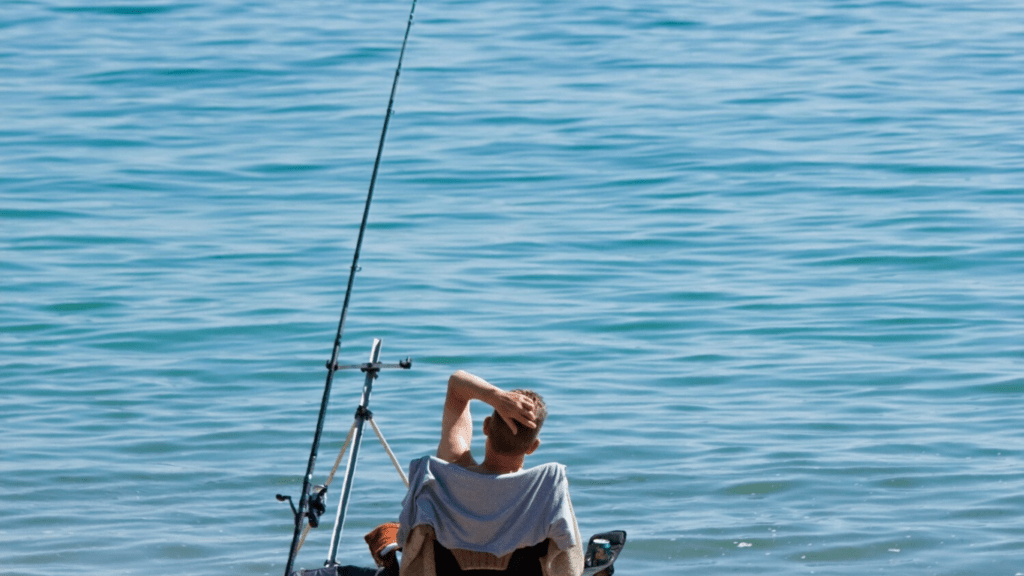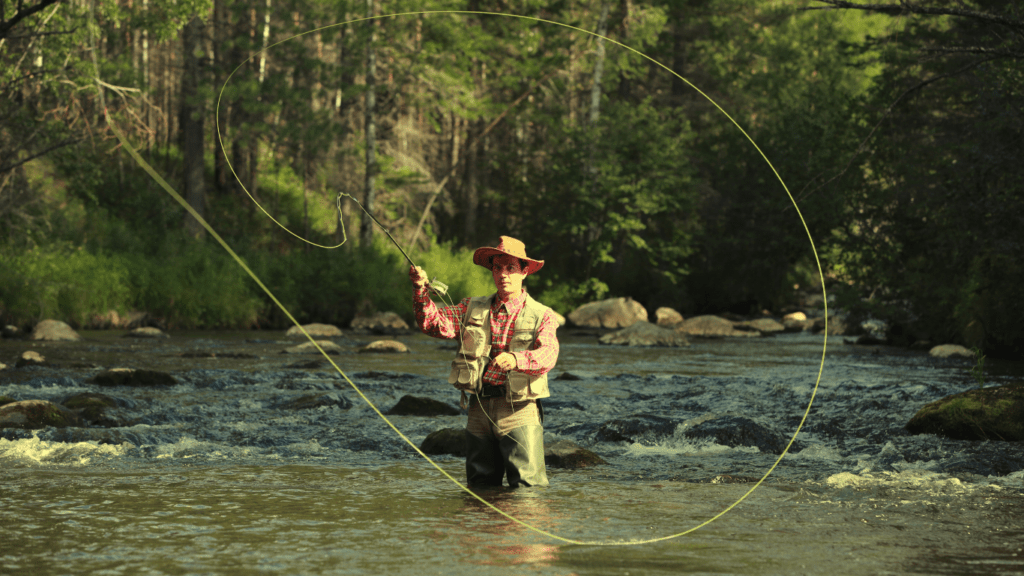Fishing isn’t just about casting a line and hoping for the best—timing plays a huge role in your success. Over the seasons, fish behavior shifts with changes in water temperature, food availability, and spawning cycles. Knowing when to fish can make all the difference between a quiet day on the water and reeling in your next big catch.
Understanding Seasonal Fish Behavior
Seasonal changes heavily influence fish behavior, including their movement, feeding patterns, and habitat preferences. Recognizing these shifts lets me optimize fishing strategies for each season.
How Seasons Affect Fish Movement
Fish respond to changes in:
- temperature
- daylight
- food accessibility
leading to seasonal shifts in their movement. In spring, rising water temperatures trigger spawning migrations for species like bass and walleye. During summer, warmer surface waters often push fish like trout into deeper, cooler zones. As temperatures drop in fall, predatory species like pike become more active, feeding heavily in preparation for winter. In winter, ice cover and lower temperatures slow fish metabolism, making them less mobile and more dependent on localized food sources like insect larvae.
Why Timing Matters for Successful Fishing
- Timing plays a critical role because fish are most active during specific seasonal windows.
- In spring, fishing during warm afternoons can yield better results as fish move into shallows to spawn.
- During the summer heat, dawn and dusk offer the best chances since many fish avoid midday heat.
- Fall is ideal for targeting aggressive feeders like bass and catfish, which are preparing for scarce winter food.
- Winter fishing, especially ice fishing for species like perch or crappie, requires patience and precision since fish activity slows significantly.
Spring Fishing Strategies
Spring brings warming waters and increased fish activity as many species enter their spawning cycles. Adjusting strategies to the season’s conditions enhances success and maximizes opportunities.
Key Fish Species in Spring
Bass, crappie, and walleye stand out during spring due to their spawning behaviors. Bass, including largemouth and smallmouth, migrate to shallow waters when temperatures reach 60°F. Crappie follow similar movement patterns but remain in slightly cooler waters around 50-55°F. Walleye begin their spawning process in rivers or rocky shorelines once water temperatures approach 40-50°F.
Catfish, particularly channel catfish, become active as temperatures climb above 50°F, feeding along flats and near submerged structures. Trout take advantage of stocked streams and rising insect hatches in spring, making them another popular target.
Best Techniques for Spring Fishing
Using shallow-water tactics excels during spring. For bass fishing, employ soft plastics, spinnerbaits, or jerkbaits near vegetation, docks, or spawning flats. When targeting crappie, consider jigs tipped with live minnows, cast around brush piles, or suspended below a float. For walleye, jigging along current breaks or trolling with crankbaits near spawning grounds provides consistent results.
Catfish respond best to natural baits like cut shad or chicken liver positioned along bottom channels or under structure. In trout streams, use small spinners, spoons, or drifting live baits such as worms, especially near riffles or slow-moving eddies. Matching techniques to species and habitat ensures productive spring fishing trips.
Summer Fishing Tips

Summer creates unique challenges and opportunities for anglers as rising water temperatures significantly impact fish behavior. Understanding these dynamics helps in choosing the right techniques and species to target.
Adapting to Warmer Water Conditions
Fish often move to deeper, cooler water during summer to escape rising surface temperatures. I focus on fishing near structures like submerged logs, ledges, or drop-offs where fish find shade and protection. Early mornings and late evenings are the most productive times, as fish tend to come closer to the surface to feed when temperatures drop slightly.
Using slow-moving lures such as plastic worms or jigs helps in deeper spots. In clear reservoirs or lakes, I prefer natural hues like green or brown for lures, as these mimic the appearance of baitfish. Water bodies with vegetation often harbor fish like bass, so targeting shady areas or weedy cover works well for casting.
Species to Target During Summer
Certain species become more predictable in their habits during summer. I put emphasis on bass because they remain active under shaded cover or near structures. Night fishing for catfish becomes highly productive, especially using stink baits or cut bait in slow-moving rivers or ponds.
Trout fishing is better in deeper lakes, where powerbait or live worms presented at the thermocline often yield results. For panfish such as bluegill, I utilize small jigs or crickets around docks or shoreline vegetation. Coastal anglers can focus on redfish or speckled trout in shallow flats during early mornings or overcast days.
Fall Fishing Insights
Fall marks a transitional period when cooling temperatures and shorter days significantly impact fish behavior. Many species feed aggressively to prepare for winter, offering excellent opportunities for anglers.
Prime Fish to Catch in Fall
Several species thrive in fall, creating diverse fishing options. Bass, particularly largemouth and smallmouth, become more active as they bulk up on baitfish. Walleye also peak during this season, often found near rocky points or shallow waters in the evenings. Northern pike and muskellunge exhibit heightened predatory behavior, targeting schools of smaller fish in preparation for winter. Panfish like crappie group in large schools around submerged structures, making them easier to target. For coastal anglers, striped bass migrate along shorelines, presenting prime opportunities to land these game fish.
Seasonal Patterns for Fall Fishing
Fall’s cooling waters trigger distinct behavioral changes in fish. Many species move closer to the shorelines or shallower waters as baitfish congregate in cooling zones. The best times to fish are mornings and late afternoons, aligning with increased feeding activity. Overcast days amplify success, as fish are less likely to retreat to deep cover. This season also emphasizes bait choices; crankbaits and lipless lures mimicking shad or minnows are effective for bass and walleye. For northern species like pike, using large, slow-moving lures increases the chance of strikes. Coastal anglers may favor live or cut bait to attract striped bass during their migrations.
Winter Fishing Approaches
Winter fishing demands careful planning and strategy due to colder temperatures and slower fish activity. Adapting techniques to the season improves the chances of success, particularly for species that remain active in cold weather.
Challenges of Winter Fishing
Winter fishing poses unique challenges, primarily due to reduced fish metabolism and limited mobility in colder water. Fish often concentrate near specific structures like drop-offs, submerged vegetation, or deep basins, making precise location a priority. Ice fishing adds another layer of difficulty, as ice thickness and safety conditions can vary significantly. Additionally, shorter daylight hours and extreme temperatures require durable gear and appropriate clothing.
Limited bait options during winter further complicate fishing efforts. Many natural prey species are less abundant, so using attractants like live minnows or waxworms becomes more effective than artificial lures. Slow, deliberate bait movements match the fish’s reduced activity level and can prompt bites.
Species Active in Cold Weather
Certain species remain active even in low temperatures, offering opportunities for winter fishing enthusiasts. Panfish like crappie and bluegill often school in mid-depths and respond well to small jigs tipped with live bait. Yellow perch also thrive under ice, frequently found in deeper waters near sandy or muddy bottoms.
Predatory fish such as walleye and northern pike stay active, though bites are more sporadic. Walleye are typically located near drop-offs or transitions in lake substrates, while northern pike roam vegetation edges in search of prey. Trout, present in coldwater fisheries, feed intermittently and can be targeted with small spoons or micro-jigs.
Ice anglers often seek burbot as well, particularly during their winter spawning cycles. This nocturnal species gathers in specific areas, increasing success when fishing overnight with glow-in-the-dark lures.





